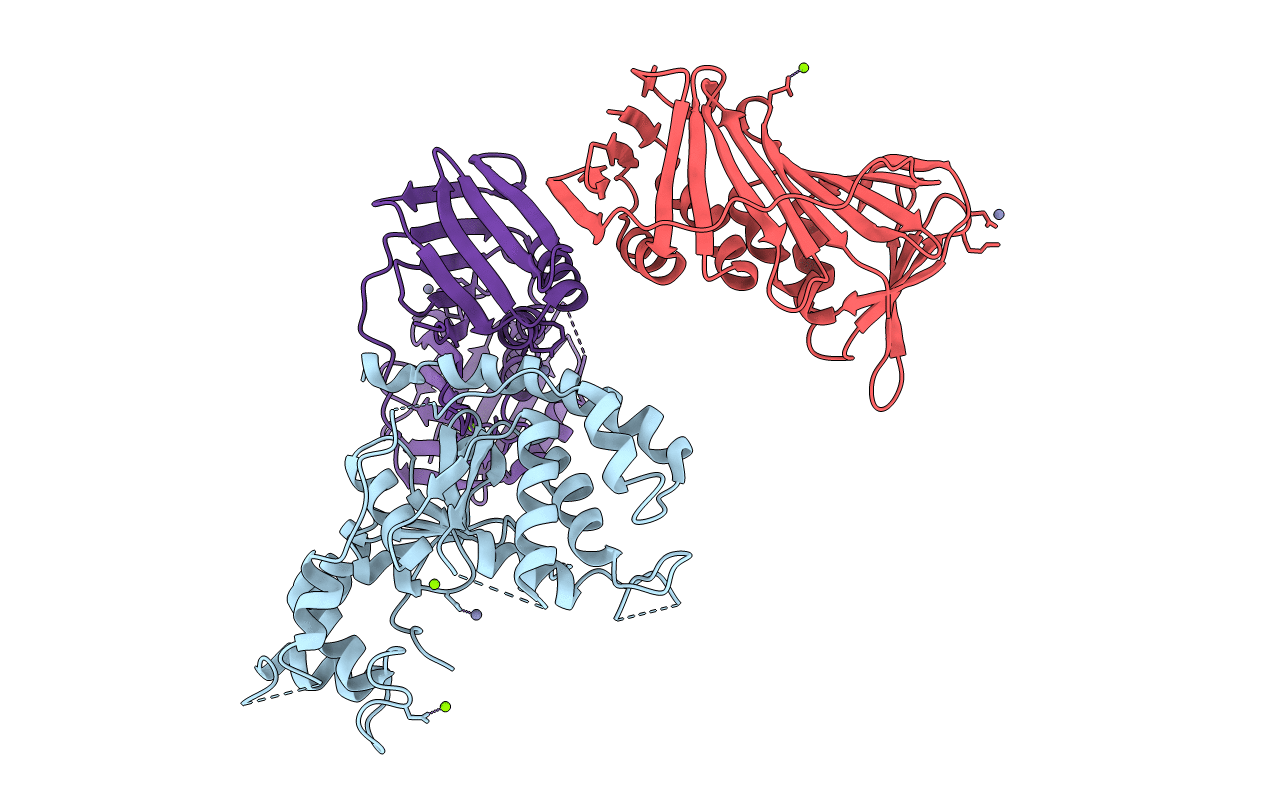
Deposition Date
2006-07-25
Release Date
2006-09-06
Last Version Date
2023-12-13
Entry Detail
Biological Source:
Source Organism:
SULFOLOBUS SOLFATARICUS (Taxon ID: 2287)
Host Organism:
Method Details:
Experimental Method:
Resolution:
2.90 Å
R-Value Free:
0.31
R-Value Work:
0.25
R-Value Observed:
0.25
Space Group:
P 21 21 21


